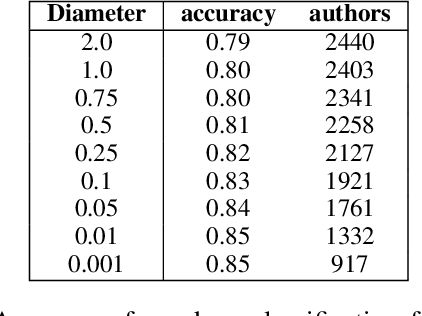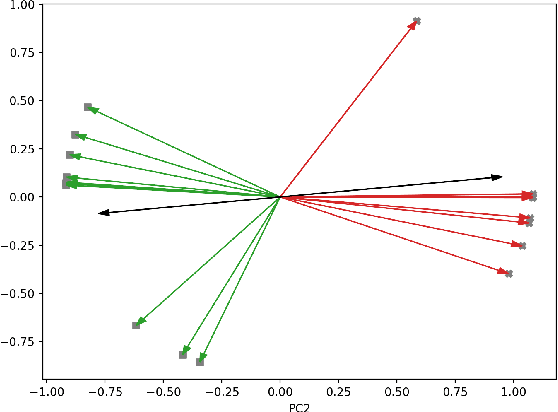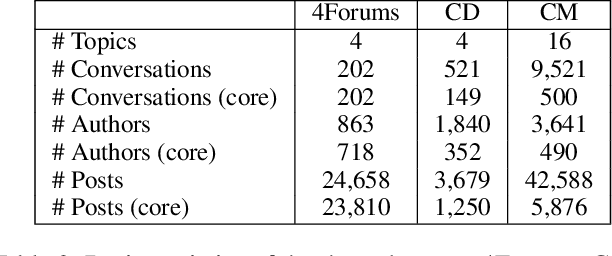STEM: Unsupervised STructural EMbedding for Stance Detection
Paper and Code
Dec 20, 2021



Stance detection is an important task, supporting many downstream tasks such as discourse parsing and modeling the propagation of fake news, rumors, and science denial. In this paper, we propose a novel framework for stance detection. Our framework is unsupervised and domain-independent. Given a claim and a multi-participant discussion - we construct the interaction network from which we derive topological embedding for each speaker. These speaker embedding enjoy the following property: speakers with the same stance tend to be represented by similar vectors, while antipodal vectors represent speakers with opposing stances. These embedding are then used to divide the speakers into stance-partitions. We evaluate our method on three different datasets from different platforms. Our method outperforms or is comparable with supervised models while providing confidence levels for its output. Furthermore, we demonstrate how the structural embedding relate to the valence expressed by the speakers. Finally, we discuss some limitations inherent to the framework.
 Add to Chrome
Add to Chrome Add to Firefox
Add to Firefox Add to Edge
Add to Edge